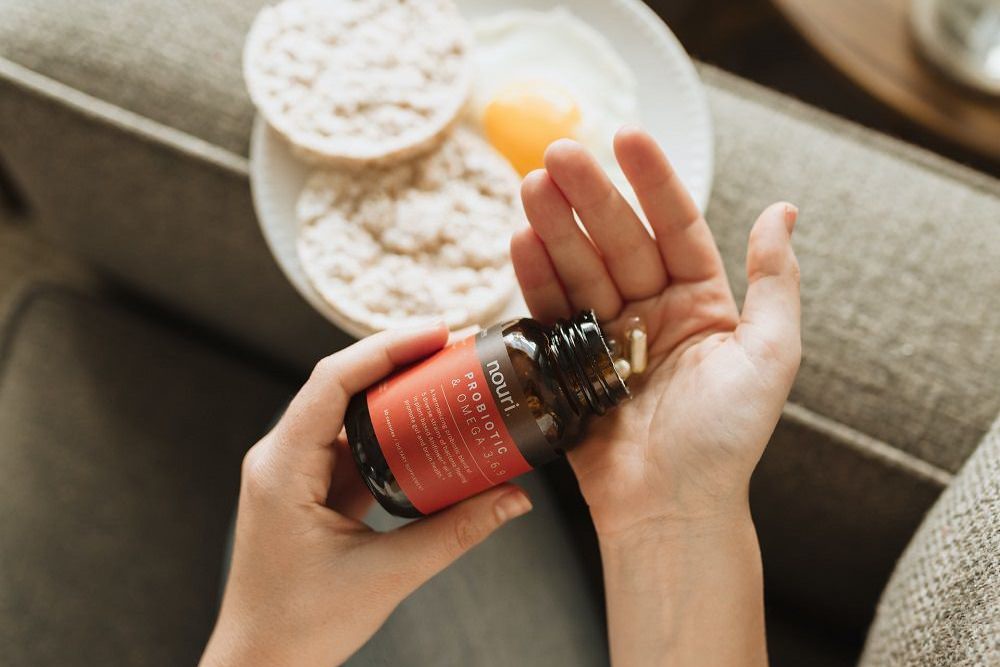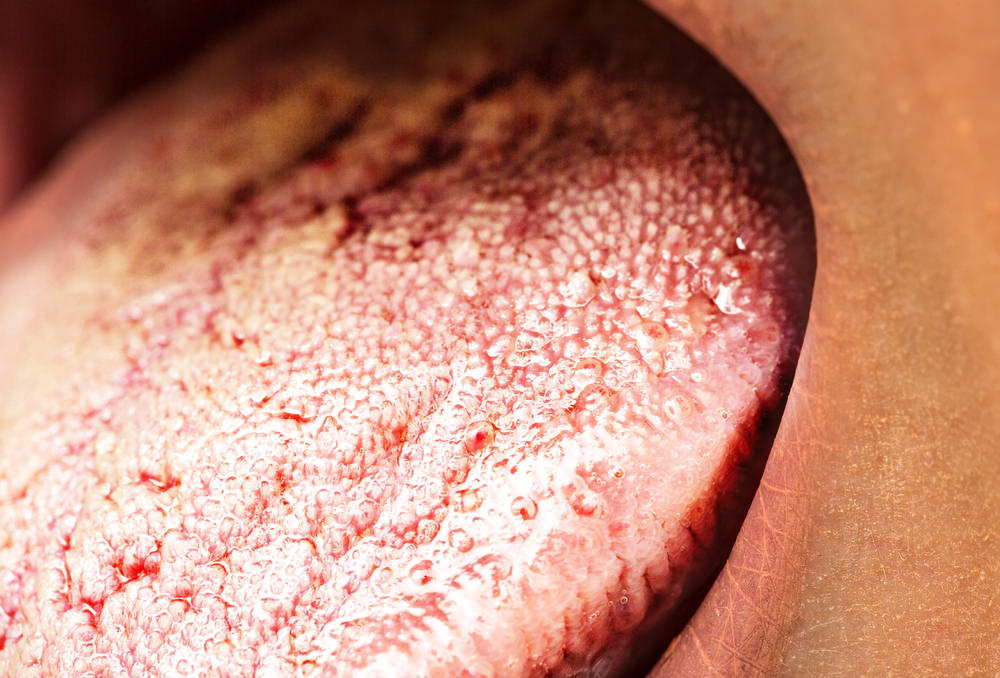Dental Floss: The Dos, Don’ts And Everything In Between
Dental floss is something everyone knows of but understanding why it’s important and which option is best is key to better oral health.
There are several types of flossing options, all with their merits and differences.
However, it’s good to have an understanding of why floss is important, what options are available and which are the best.
Why Flossing Is Important
Flossing may seem like an extra task each day, however, it’s vital for your overall oral health as it helps to stop tooth decay from food stuck between teeth.
Experts say that nearly half of the surface area of your teeth lies between the teeth NOT on the front and back.
If you’re not flossing, you’re not cleaning your entire tooth properly.
Removing the food and plaque between your teeth will help to prevent tooth decay, bad breath (halitosis) and gum disease in the long term.
Your dentist can give you more information about the importance of flossing and help you with any issues you have with getting this critical task done for your family members.
One key thing to know is that a toothpick is NOT a substitute for flossing and shouldn’t be used often at all.
It’s not for dental cleaning and can break and become stuck between your teeth.
Just as you should regularly visit the dentist for a clean, you should regularly be flossing to avoid oral health issues.
You may feel that brushing your teeth and using mouthwash is keeping your mouth as clean as possible, but flossing is the missing factor!
Flossing is estimated to handle around 40% of the work required to remove plaque from your teeth.
If you’re not flossing, then only 60% of your mouth is being cleaned properly and that can lead to multiple oral health problems.
While flossing isn’t exciting or instantly gratifying, it’s critical for your preventative oral health care and should be done regularly.
How Often Should You Floss Your Teeth?
Flossing your teeth can seem like a chore but is really important for your overall oral health.
The best way to floss regularly is to add it into your daily routine.
Adults and children should floss their teeth at least once a day.
From the time a child gets two teeth, they should be flossing regularly. You can floss morning, night or even after lunch.
Parents should floss their children’s teeth as younger kids don’t have the dexterity in their hands to floss effectively.
From the age of 10, a child can start flossing their own teeth once a day or after a meal.
You should floss between each tooth for around two minutes.
You can talk to your dentist if you have more questions about the regularity of flossing.
Instructions can be found on the best ways to floss online at websites such as Healthline, Colgate, Oral-B and the Australian Dental Association’s website.
Should You Floss Before Or After You Brush Your Teeth?
When adding flossing into you and your family’s daily routine, it’s not overly important whether you brush before or after.
This is because flossing is another way of cleaning the plaque and food from your teeth and gums.
Experts recommend you brush twice a day and use floss once a day.
Some people may choose to floss before bed so their mouth is clean while, however, others may find it easier to floss in the morning or after their lunchtime meal.
No order is incorrect as both brushing and flossing keep your teeth and gums clean.
You should find a time that suits your schedule best. If you have children, find a time that suits you all best.
It may be easier at the end of the day rather than rushing in the morning before school.
As long as you’re getting your flossing in once a day, there is no ‘best’ time other than what suits you.
The most important thing to consider if that if you put off the flossing it may not end up happening.
Just because your mouth ‘feels’ clean, doesn’t mean you’ve cleaned the entirety of the tooth.
 What Are The Different Types Of Dental Floss?
What Are The Different Types Of Dental Floss?
When you are looking for a good dental floss, you may be surprised at all the options.
There’s no need to get overwhelmed as the important factor is having dental floss at home so you use it.
Each dental floss does have its own pros and cons which are valuable to know more about.
Here’s some key information about the main types of dental floss so you can understand the pros and cons of each:
- Unwaxed dental floss is made from thin nylon and is around 35 strands of nylon twisted together. Pros of this type are that it can fit into tight spaces. If you have overcrowding or tight teeth, this can be helpful for you. Cons are that this type of floss is prone to shredding or breaking which can be frustrating mid floss. \
This could make it more difficult when flossing a child’s mouth as ideally, you want the process to move quickly.
This is a common type of dental floss found in your average grocery store and chemist.
- Dental tape comes in waxed and unwaxed types. This tape is broader and flatter than your standard dental floss. This can be more comfortable for people that have more space between teeth as it fits more comfortably.
If your teeth are closer together, you may have difficulty getting tape between your teeth, whereas, standard floss is more difficult for people with space between their teeth as it doesn’t clean as thoroughly.
Dental tape isn’t overly difficult to find and most large grocery stores and chemists should stock it.
- Waxed dental floss is also made from nylon but also has a light wax coating which protects it from the breakage experienced with unwaxed floss. The cons of waxed floss are that it can be harder to get the floss between tight teeth. Pros are that it likely won’t break apart in your mouth. This is also found in most grocery stores and chemists.
- Super floss is not as well known as the other flosses and tape. Super floss is made from yarn-like material that is ideal for braces and dental bridges. This is due to the stiffer sections at each end that will easily get around these oral fittings without getting caught or breaking.
Super floss is not as easy to find but most chemists should stock them or you can ask your dentist for your local stockist.
- Polytetrafluoroethylene (Teflon) floss is not as well known as dental tape, unwaxed and waxed floss. The material is a high-tech Gore-Tex fabric that slides between teeth of all spaces easily and has less chance of shredding.
This type of floss is not as easy to find but most chemists will stock it, particularly in the popular brands.
If you’re unsure about which floss is best, speak with your dentist.
Unwaxed and waxed floss will also be available in many brands at varying prices, as is dental tape.
The more high-tech flosses may only be available in a few brands and may be pricier. Your dentist can advise the best floss for your budget and your needs.
The Pros And Cons of Dental Floss Picks
If you’re struggling to use standard floss or you have young children who can’t do their own flossing (or let you do it for them), there is the newer option of dental floss picks.
These picks have become more popular over the years as they are a handheld dental tool that can be used to floss your teeth.
Dental floss picks is usually made from plastic, with a curved end that holds a piece of dental floss taut.
Usually, the other end forms a toothpick to remove larger food pieces from your teeth or gums.
There are several types of dental floss picks, all with their own pros and cons.
Some floss picks are disposable, whereas others will have a standard handle with a disposable head.
Of course, dental floss picks are more expensive than your standard dental floss but refills usually house several replacement heads for a minimal cost.
For children or adults with dexterity issues, dental floss picks can be useful as there are some that provide no-slip grips to make them easier to hold.
There is also dental floss picks specifically for children with fun prints and designs.
Some dental floss picks will also have a tongue scraper, so if you’re looking for a multi-functional tool, a dental floss pick may be a good option for you. You can also find electric ones that are powered by batteries.
An electric pick will vibrate while you’re using it to clean your gums which is an added bonus.
Dental floss picks are generally available most chemists and grocery stores and aren’t difficult to find.
An electric one is more likely to be found at a chemist or large department store.
 Do Water Flosser/Picks Do The Same Thing as Dental Floss?
Do Water Flosser/Picks Do The Same Thing as Dental Floss?
Another option for your flossing needs could be a water flosser or pick. Not to be confused with a dental floss pick, a water flosser is a form of ‘irrigation’ for your teeth.
Also known as a ‘tooth irrigator’ or ‘oral irrigator’, these work by aiming a stream of water between your teeth.
The pros of a water pick are that they can help you remove larger food pieces from your teeth while also stimulating your gums.
They add a bit more of an ease to your flossing needs as you don’t need to get your fingers up near the gums.
However, it’s important to know that a water pick is NOT a substitute for normal flossing but is in addition to flossing or when you have larger pieces of food to dislodge.
A water pick doesn’t thoroughly clean between your teeth or along with your gum so if you use just this tool, you will be neglecting the main areas that require attention.
What Is Dental Floss Made From?
We’ve covered the main types of floss and a brief description of what they’re made from, but some people like to know more about the materials they put into their mouths.
Others may be concerned about the environmental impact of certain non-recyclable floss options.
There are several types of different dental flosses – natural, synthetic, waxed, unwaxed, flavoured and unflavoured.
There are many options and it’s important to understand what each is made from to make the best choices for your needs and your lifestyle.
As mentioned, many standard flosses is made from nylon – some made from multiple strands twisted together.
There is also ribbon floss made from nylon such as the dental tape. There is also Teflon floss (mentioned above as polytetrafluorethylene.
Dental tape can also be made from Teflon.
There are also now more natural floss made from eco-friendly materials such as biodegradable silk thread spun and coated with natural beeswax or a plant-made wax.
Unfortunately, silk can break or catch easily so best for wider teeth with smooth edges.
Some manufacturers of normal waxed and unwaxed floss don’t mention all the materials used in their product so for those who are more eco-conscious, they should look up each brand or stick to natural and eco-friendly options.
Most standard dental floss will be made from nylon – a common plastic made in consumer goods. It’s non-recyclable for those who are looking for biodegradable options.
Silk and Vegan Floss
Natural silk floss has recently become a popular choice for many, environmentally-minded Australians.
Silk floss provides a biodegradable and a much more environmentally friendlier option to flossing.
However, I’ve tested quite a few brands that sell natural silk floss and there is a slight downside in the strength of the floss, in my opinion.
Same is true for vegan floss which is typically made out of corn starch or a plant base alternative.
You can read some of my reviews in the links below:
– Green + Kind Dental Vegan Floss
What Floss Brands Are The Best In Australia?
One visit to the chemist or grocery store can have you faced with many different dental floss brands from home brand or chemist’s own to more well-known brands.
Fortunately, many websites will rate the different brands so you don’t have to.
Product Review listed the top five flossing and dental care products including dental floss and water flossers.
The top floss came out as Oral-B’s essential floss, with 3.7 stars from 29 real customer reviews, with the second being Colgate total dental floss, which has 3.2 stars from 16 customer reviews.
I agree that an Oral-B Essential Floss is a great option when considering dental floss. I rated it 8.8 out of 10 in my long term review.
Next on the list was a cordless water flosser from Kogan and the Waterpik ultra professional water flosser.
Oral-B’s satin floss also made the list, as did CareDent PerioTape mini flossing tape.
WhiteGlo’s flexible dental flosser toothpicks, Reach total care floss and waxed dental floss and Oral-B super floss rounded out the list of products.
Other Australian websites also recommended Oral-B, Colgate and Reach as the top brands in the country.
Oral-B and Colgate are also the preferred brands of many dentists in Australia.
However, there are many smaller Australian dental companies like Piksters that provide great dental hygiene products that do a great job.
If you’re unsure which is best, always speak to your dentist for their educated opinion.
The most important thing to remember is that it’s better to floss than not at all, so if the cost is an issue, pick the best type of floss at the best price for your needs.
Where Can You Buy Dental Floss In Australia?
There are so many options where you can buy dental floss in Australia.
Think about where you purchase your toothpaste, mouthwash and toothbrushes and you will likely find dental floss in the same aisle or right next door.
You purchase dental floss from all major chemists and grocery stores, smaller boutique chemists and also most smaller grocery stores.
You can also buy dental floss online from most of these stores.
Department stores such as Kmart, Big W and Target will also often stock dental floss, as will some convenience stores and service stations.
If you prefer to purchase products online, then never fear, you can also purchase dental floss online.
As above or directly from the company such as OralB. You can also search for your local health and natural product stores for eco-friendly dental floss options.
Essentially, it’s not difficult to get hold of dental floss and you can usually purchase your floss as part of your regular grocery or chemist trip.
Conclusion
Regular flossing contributes to good dental hygiene and is important because it reaches between your teeth, protecting your teeth and gums from plaque that leads to cavity and gum disease.
Regular brushing does NOT keep the spaces between your teeth or on your gums safe from decay or disease.
There are so many choices for flossing that it can be overwhelming, however, the important thing is that you do floss.
Choose the best option for your budget, lifestyle and dental needs or speak to your dentist for more advice.
It’s never too late to start flossing so if you’ve never flossed before never fear!
You can start now and contribute to your ongoing oral health.
Children should be flossing (with the parent’s help) as soon as they have two teeth next to each other until they are able to floss their own teeth.
Flossing should become a daily habit that forms your oral health routine and there is no right or wrong time to floss.
Adding it to your daily brushing can help you fit flossing in regularly.
Should you have any questions or concerns about flossing, you should always speak to your dentist.
What type of floss do you prefer?
By Anthony Cade
Created at November 16, 2020, Updated at January 25, 2025



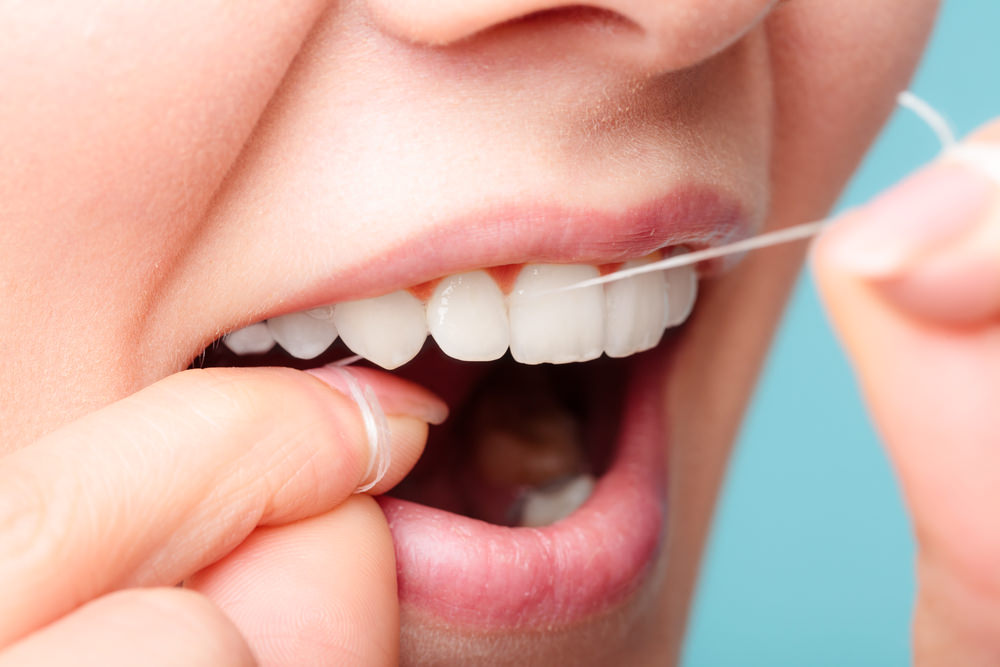
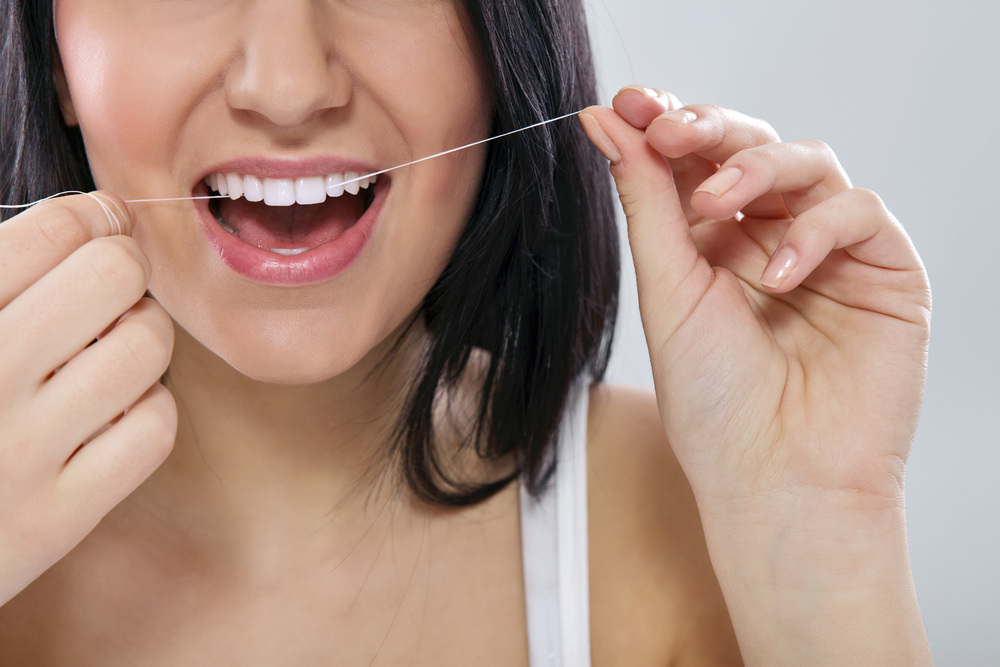
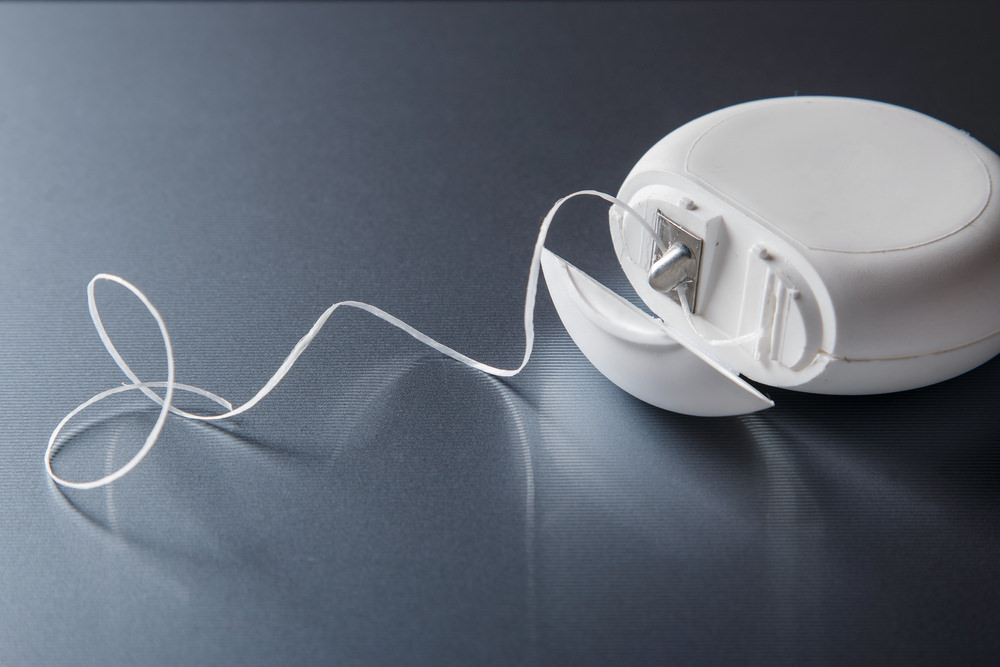 What Are The Different Types Of Dental Floss?
What Are The Different Types Of Dental Floss?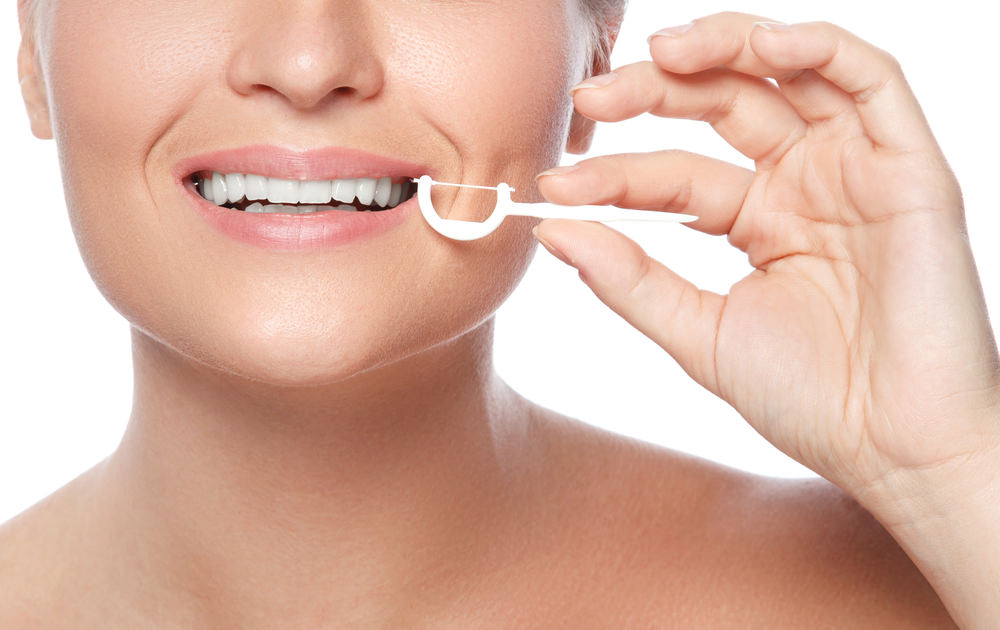
 Do Water Flosser/Picks Do The Same Thing as Dental Floss?
Do Water Flosser/Picks Do The Same Thing as Dental Floss?
